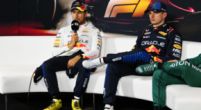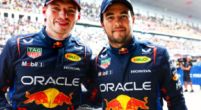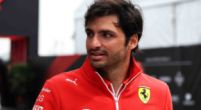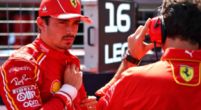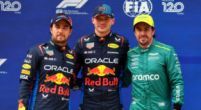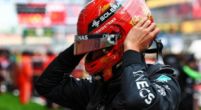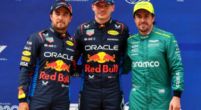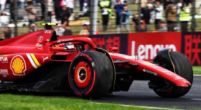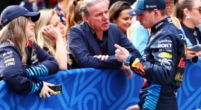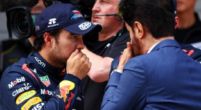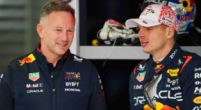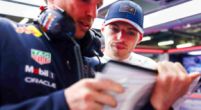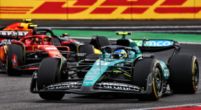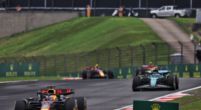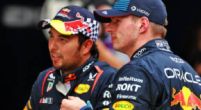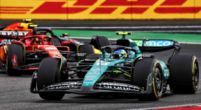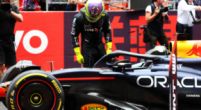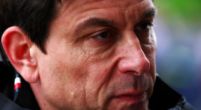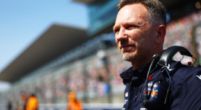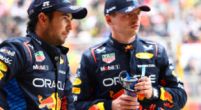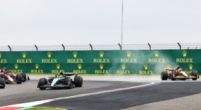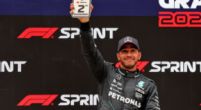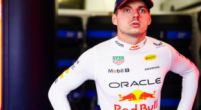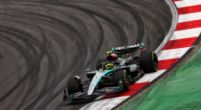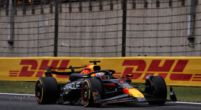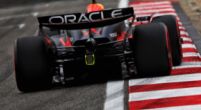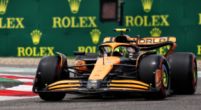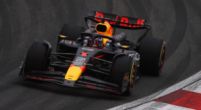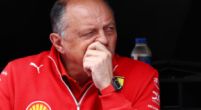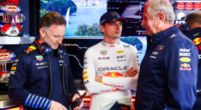Column
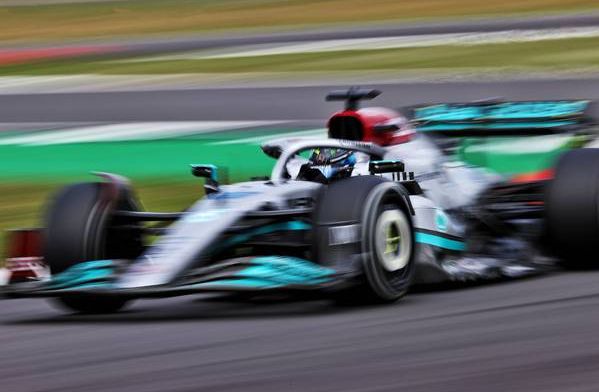
The porpoising directive only benefits Mercedes
Toto Wolff's recent calls to the FIA for a directive to issue a ride height mandate to prevent porpoising have been met with...mixed reactions. While many have expressed their concern for driver safety and wellbeing, there is a valid argument for not changing anything as other teams seemed to have solved the issue. We weigh in on the matter.
What’s happened?
Porpoising is the strange aerodynamic phenomenon where an F1 car experiences heavy bouncing down the straights. First occurring during the ground effect experimentation days of the 1980s, the issue hasn’t shown up until recently. The new regulations now incorporate more underfloor designs and limit onboard aerodynamic effects, causing most of the downforce to be generated by the air passing under the car. However, when the car squeezes closer to the track the amount of air able to pass under is limited, therefore reducing the overall level of downforce. This causes the process to cycle through, causing the strange sight.
The effect itself can cause pain to the drivers, as the repetitive bouncing can end up jarring the body. The cognitive load also ends up being higher, as the driver’s minds and eyes end up unconsciously working harder to view braking points and circuit features through the effect. For the teams, it causes difficulty in car control and overall integrity, while also bringing a layer of confusion as telemetry is subject to poor readings due to the increased vibrations.
As assessment
So far, Mercedes seems to be one experiencing the most difficulty. Juddering the harshest down the straights in most circuits, the silver arrow’s stability is suffering along with their performance. Lewis Hamilton has been most vocal about the complaints, stating that the back and head pain is causing him extreme physical difficulties in the cockpit.
Some teams, however, have been successful in minimising and mitigating these effects. Ferrari was one of the first to reduce the effects of the phenomenon to only appear on the high-speed straights of the Albert Park circuit in Australia, while the rest of the lap would be flawless in terms of grip and balance. Soon enough, most of the other teams would come to catch up to this as well. The only sighting of severe bouncing has been at the star-finish straight for the Azerbaijan GP.
A decision
As with every decision the FIA needs to make, it needs to take as much context into consideration. This may require technical delegates to acquire data as to the oscillation rates, the intensity of the movements and where it’s occurring the most. If they want to extend their efforts as much as possible, consulting with medical professionals to understand short and long-term detriments to the drivers would assist in painting the picture as well.
With all of this information aboard, the FIA then must come up with as fair a decision as possible. Balancing the potential health implications with the overall spirit of the sport and choosing a path will be a crucial decision for all of F1. One would imagine that the onus upon solving the issues will be placed on Mercedes, as they have been most vocal in demanding changes, while all other teams have been able to limit the effects of porpoising. From there, Mercedes will have to rush an update to begin pushing out the issue or start to increase the ride height (which reduces performance) to ensure that their drivers don’t suffer anymore.


